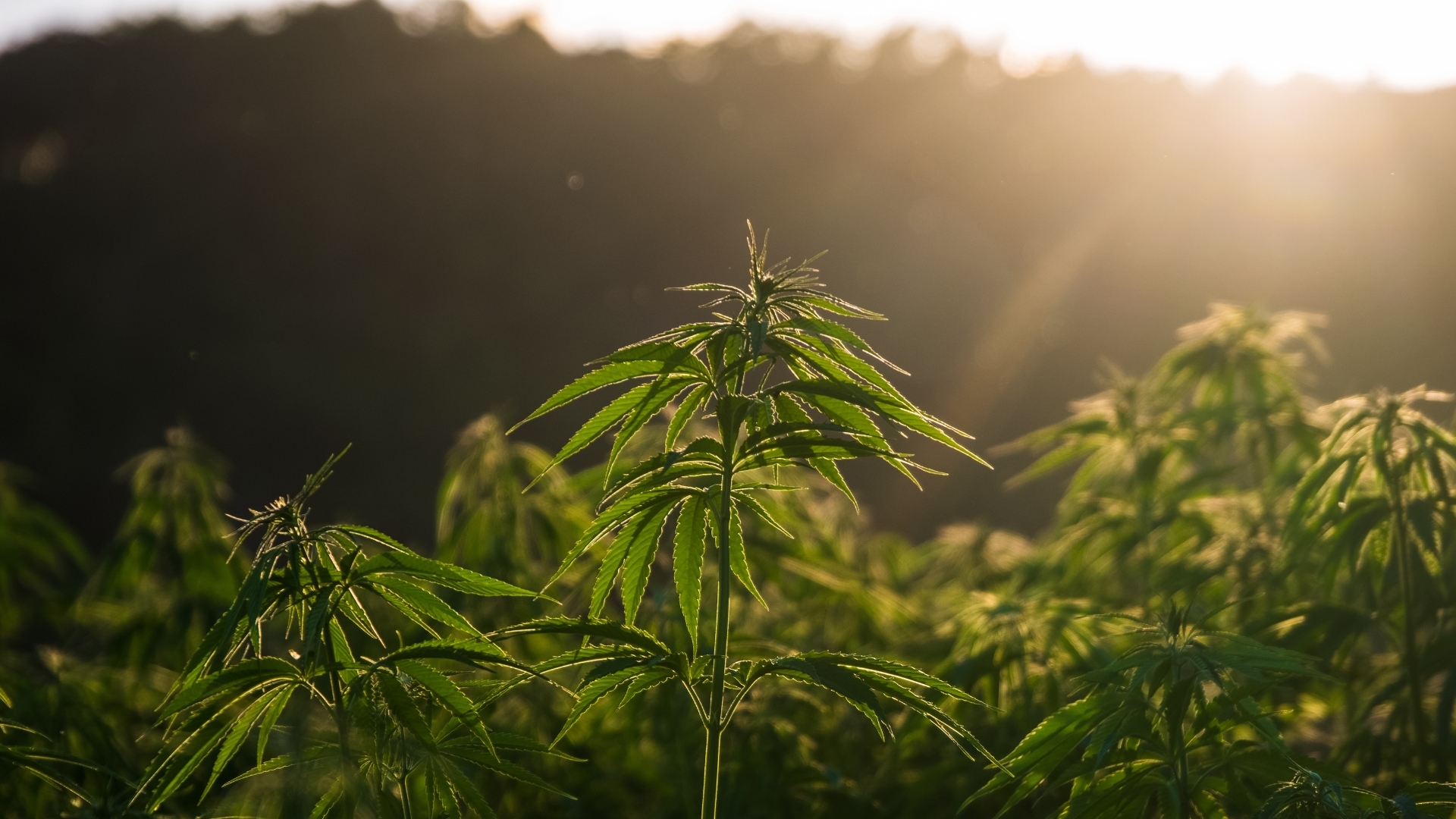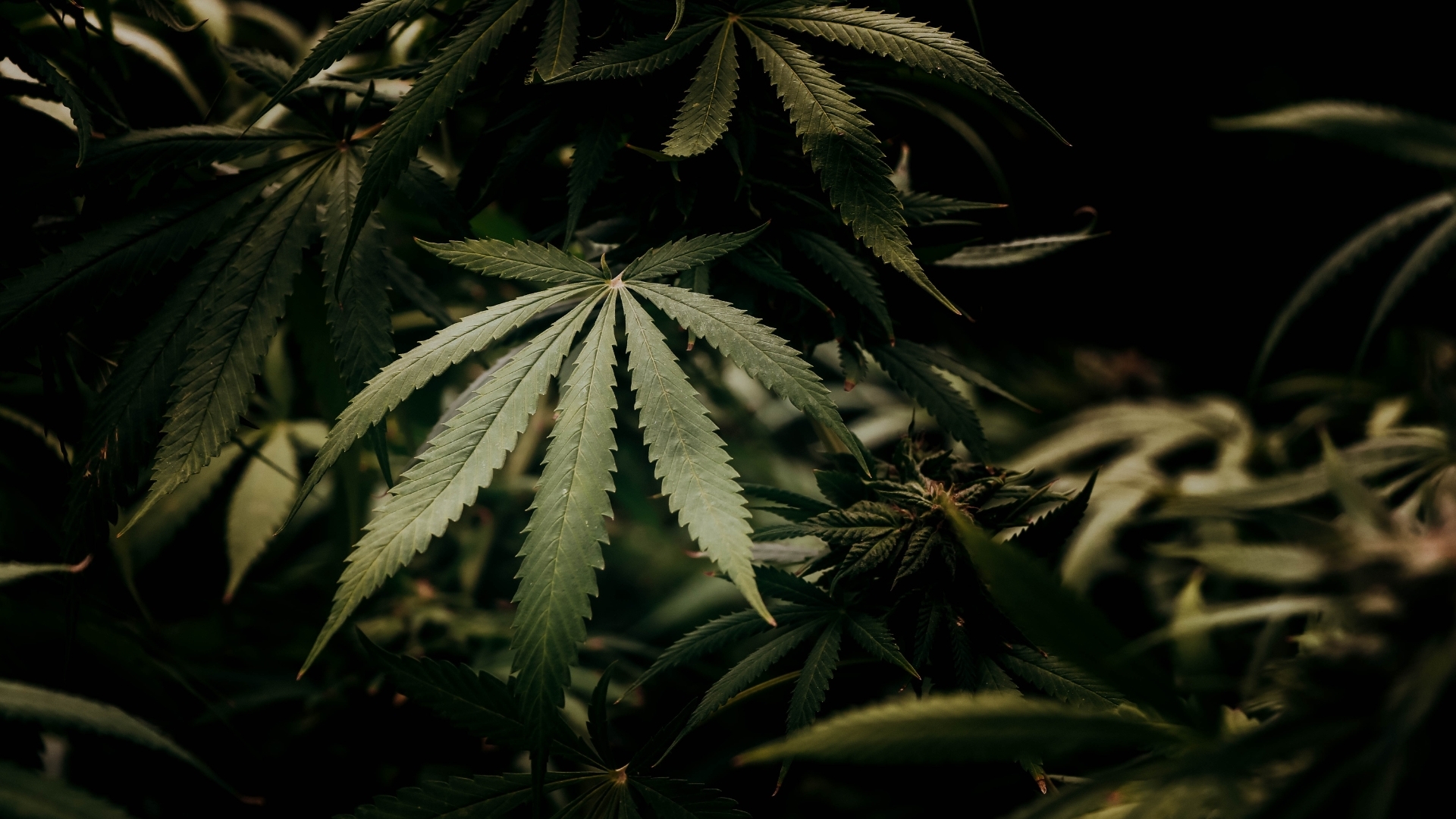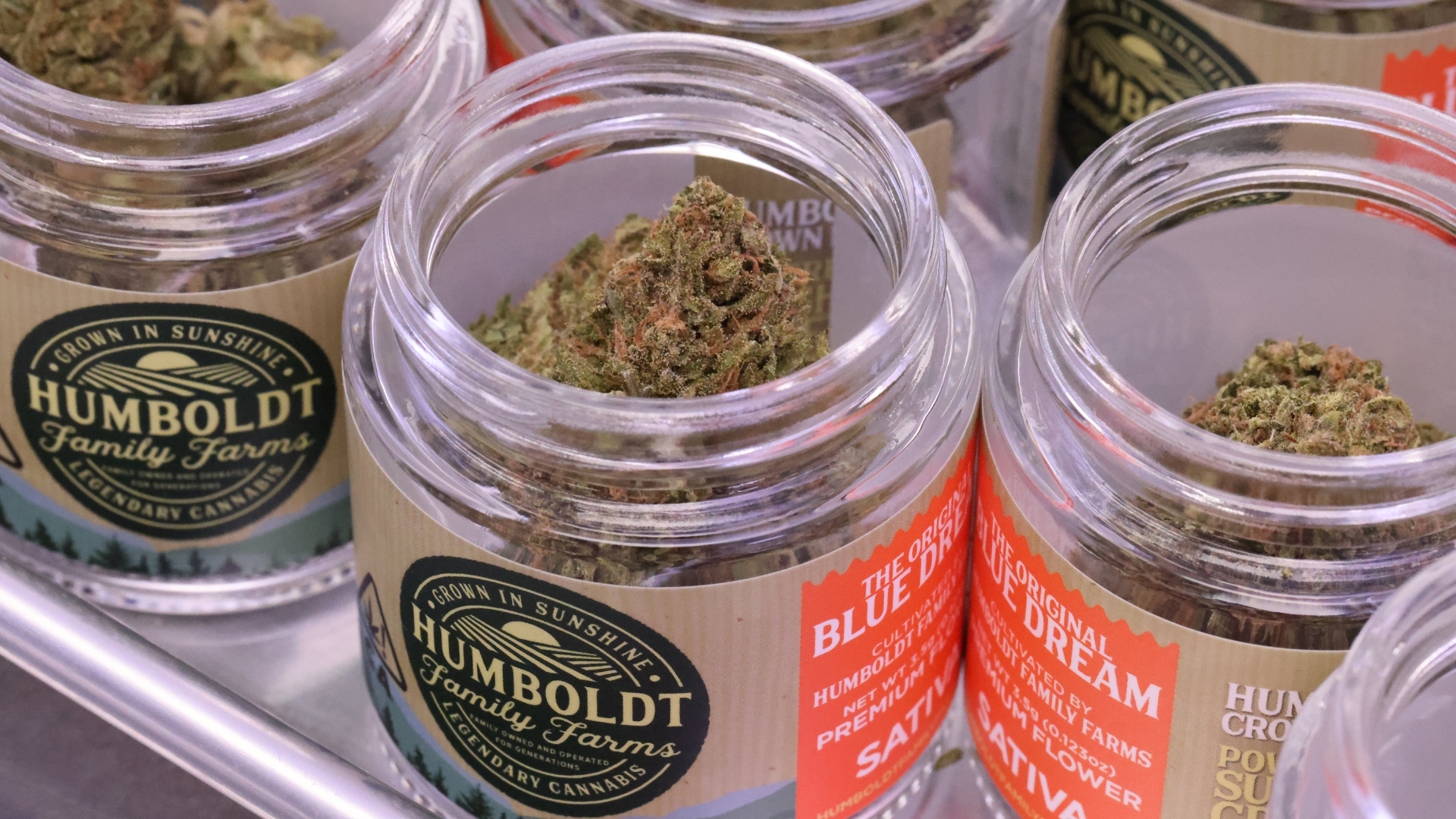Cannabis cultivation has evolved over time, and with the increasing demand for the herb, cultivators have come up with innovative ways to produce high-quality yields. However, the two main techniques used to grow cannabis have always been sungrown and indoor. If you’re a cannabis enthusiast, you may be wondering which of these methods is better. Let’s take an in-depth look at sungrown vs indoor cannabis and compare the two techniques based on various factors.

Sungrown Cannabis Overview
Sungrown cannabis refers to cannabis grown outdoors, with natural sunlight as the primary source of light. This method of cultivation relies on natural light cycles, which means that the cannabis plant grows according to the season’s progression. There are plenty of advantages to this growing method, but there are a couple disadvantages as well.
Advantages of Sungrown Cannabis
Firstly, natural sunlight is free and more sustainable than artificial light sources. This means that sungrown cannabis doesn’t require electricity to grow, making it a more eco-friendly option than indoor. Additionally, sungrown cannabis plants tend to produce larger yields because they have more space to grow and larger root systems.
Sungrown cannabis is also usually less expensive to produce, making it a more affordable option for consumers. Because it relies on natural sunlight, cultivators don’t need to invest in expensive equipment like grow lights or climate control systems. This means that sungrown cannabis is often sold at a lower price point than indoor cannabis.
Yet, the most incredible advantage of sungrown cannabis is its terpene and cannabinoid profiles. Terpenes are the essential oils that give cannabis its unique scent and flavor. However, they also work synergistically alongside cannabinoids (like THC, CBD, CBN, etc) and flavonoids to produce each plant’s effects. Sungrown cannabis has a more robust terpene and cannabinoid profile that can’t be replicated in indoor cannabis. Because of this, the results for the end consumer are more full-bodied, delivering a long-lasting effect that is simply unmatched by indoor rivals.
Disadvantages of Sungrown Cannabis
While sungrown cannabis has many advantages, there are also some disadvantages to consider. For example – environmental factors. Because it’s grown outdoors, the plants are exposed to the elements, including wind, rain, and pests. This can lead to a greater risk of mold, mildew, and other diseases. All of which can impact the quality of the final product.
Sungrown cannabis may also have a shorter growing season than indoor cannabis, depending on the climate. In colder climates, the growing season may be limited to just a few months, which can add a lot of pressure on the farmers. While natural sunlight is a great source of energy, it can be difficult to control the amount of light the plants receive. This can impact the growth and potency of the plants and may require more careful monitoring and attention from the cultivator.
Fortunately, the incredible farmers devoted to sungrown cannabis are hands-on, and are devoted to their crops. Especially in places like Humboldt County, where legacy farmers are in tune with the climate and conditions to become masters of their trade.

Indoor Cannabis Overview
Indoor cannabis cultivation involves growing cannabis in a controlled indoor environment, with artificial light sources as the primary source of light. Growers have complete control over the environment, including temperature, humidity, and light cycles.
Advantages of Indoor Cannabis
While sungrown cannabis has its advantages, indoor cannabis also has its own set of benefits. One of the main advantages of indoor cannabis cultivation is that it allows for greater control over the growing environment. This means that cultivators can adjust factors such as temperature, humidity, and lighting to create optimal conditions for the plants to grow. This control can lead to a more consistent product, as the plants are not subject to environmental fluctuations.
Indoor cannabis also has the advantage of being able to be grown year-round. Because it’s not dependent on natural sunlight, indoor cannabis can be grown in any season, regardless of weather conditions. This means that cultivators can produce a steady supply of cannabis throughout the year, without having to worry about seasonal changes affecting the plants.
Indoor cannabis cultivation also allows for more precise strain selection. Because the growing environment can be tailored to specific strains, cultivators can choose strains that may not be able to thrive outdoors in their particular climate.
Disadvantages of Indoor Cannabis
One of the biggest disadvantages of indoor cannabis cultivation is the high cost associated with it. Because indoor growing requires specialized equipment such as lights, fans, and ventilation systems, the initial investment can be quite significant. In addition, indoor growers also have to consider the ongoing costs of electricity and water, which can add up quickly.
Indoor cannabis cultivation can also be more labor-intensive than sungrown cannabis. Growers have to manually control the growing environment and constantly monitor factors such as temperature, humidity, and lighting. This requires a significant amount of time and effort. This is especially true during the flowering stage, when plants need to be closely monitored.
Because the plants are grown in a controlled environment, pests, and diseases can quickly spread if not detected and treated promptly. This can lead to a higher risk of crop loss and the need for expensive treatments.
Still, the biggest drawback is the environmental impact. The use of artificial lighting and other equipment can contribute to higher levels of energy consumption, which can, in turn, lead to a higher carbon footprint. This can be a concern for those who prioritize environmentally sustainable practices.
Finally, some argue that indoor cannabis cultivation can result in a less flavorful and aromatic product than sungrown cannabis. This is because the controlled growing environment may not be able to replicate the complex flavors and aromas that are produced by natural sunlight and soil.

Sungrown vs Indoor Cannabis Breakdown
When it comes to choosing between sungrown and indoor cannabis, there are a number of factors to consider. But, as you may have guessed, we prefer sungrown, hands down. Here’s why.
- Flavor and aroma: Sungrown cannabis has a richer, more complex flavor and aroma profile, thanks to the wide range of environmental factors that can influence the plant’s terpene development.
- Potency: It’s not just the terpenes bursting in those trichomes, but the robust cannabinoid profiles. Together, these two create the entourage effect that amplifies overall experience.
- Sustainability: Sungrown cannabis is significantly kinder to the environment. Especially with regenerative growing practices that ensure the soil remains fertile for generations to come.
Ultimately, the choice between sungrown and indoor cannabis comes down to personal preference. Some people prefer the earthy, natural flavor of sungrown cannabis, while others prefer the consistent potency and convenience of indoor cannabis. It’s important to try both types and see what works best for you.
We bet you’ll love our sungrown cannabis and we invite you to find a retailer and see for yourself.

